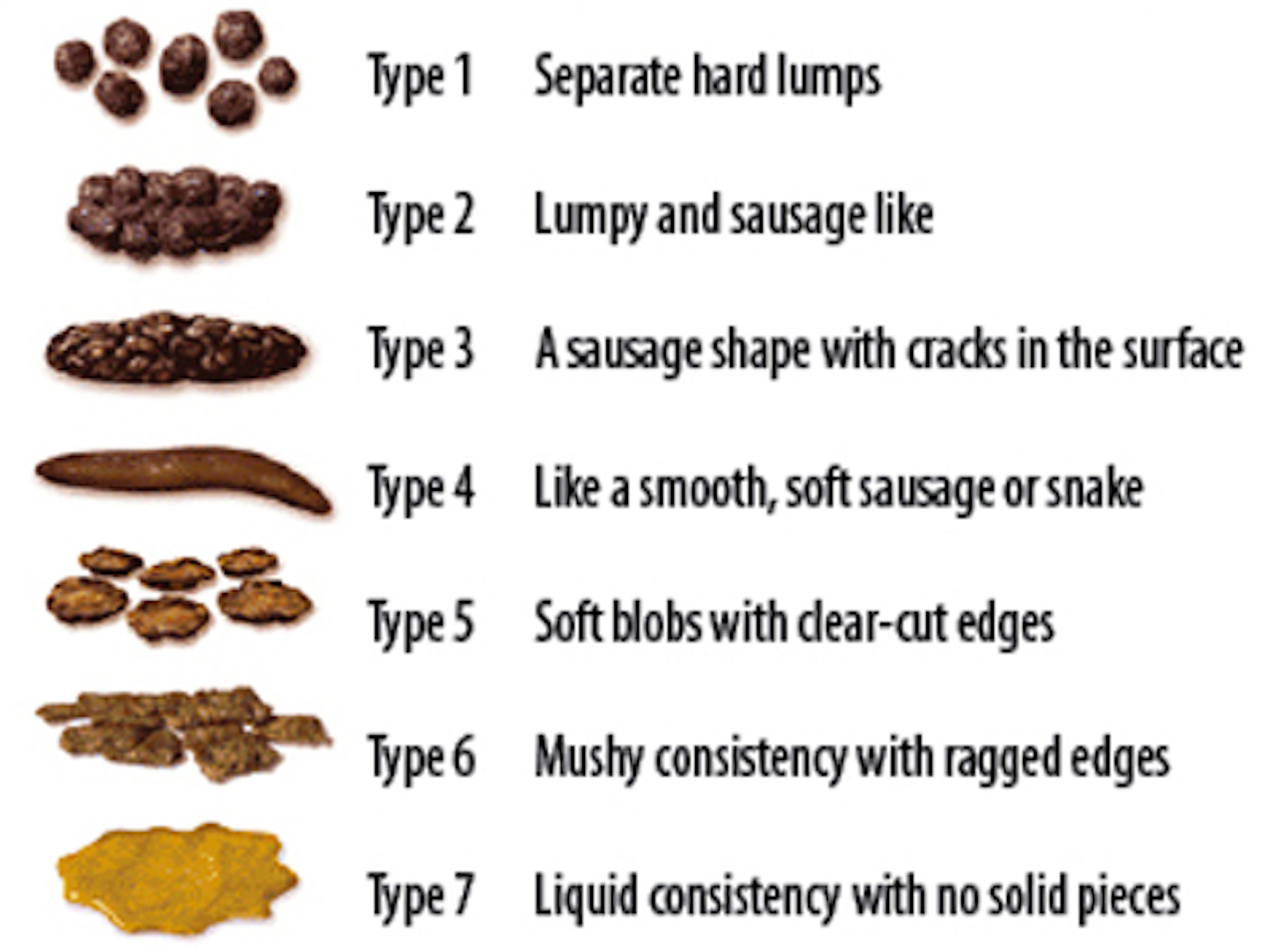

A diet low in fiber-rich foods, such as fruits, vegetables, whole grains, and pulses, can lead to bowel problems. It also helps poop to move smoothly through the digestive tract. Lack of dietary fiberįiber acts as a binding substance to give stool its form. Read on how much water a person should drink.

Too much caffeine and alcohol can contribute to dehydration. Not drinking enough water and other fluids can lead to constipation, as stool requires moisture to move more easily through the digestive tract. It can affect how quickly food moves through the body, which can cause either diarrhea or constipation for some people.įind out what remedies can alleviate stress. Stress can trigger and exacerbate digestive conditions, such as irritable bowel syndrome (IBS). There is a range of reasons why a person may experience poop that is different from usual, including: Stress If parents or caregivers notice any changes in their baby’s poop, it is usually not a cause for concern, but they can consult a pediatrician for further advice. However, anyone who experiences changes in poop color that last 2 or more weeks or has red or black stool should consult a doctor. Usually, this is down to diet or some other minor cause. Most people will experience variations in stool color at some stage. This may result from absorption issues or difficulty producing enzymes or bile. If stool appears yellow or greasy-looking, the poop contains too much fat.

However, blocked bile ducts or certain medications, including some antacids and the antibiotic rifampin, can cause orange poop. OrangeĬonsuming many orange-colored foods, which are rich in a pigment called beta-carotene, causes orange stool.Ĭarrots, sweet potatoes, and winter squash are among the many foods that contain this pigment. Once these foods have passed through the digestive tract, poop should become brown again. Small amounts of blood in the stool can indicate hemorrhoids.Įating beets or red berries or drinking beet or tomato juice also turns poop red. Poop that is red-colored may be the result of lower gastrointestinal bleeding. However, a green-colored stool may signify too much bile and not enough bilirubin in the poop. Spinach, kale, or other green foods can cause green poop. Some antidiarrhea medications cause white stools. If stools are white, gray, or pale, a person may have an issue with the liver or gallbladder, as pale stools suggest a lack of bile. Other substances may also cause black poop, such as: Poop can be other colors too, such as: Blackīlack stools, especially if they have the appearance of tar, suggest gastrointestinal bleeding. While brown poop is considered the “usual” color of poop, some greenish-brown hues may also be acceptable. People that take longer than this may have constipation, hemorrhoids, or another condition. It should take 10–15 minutes to pass the stool. However, people should monitor any changes in the smell, firmness, frequency, or color of poop as it can indicate an issue.


 0 kommentar(er)
0 kommentar(er)
